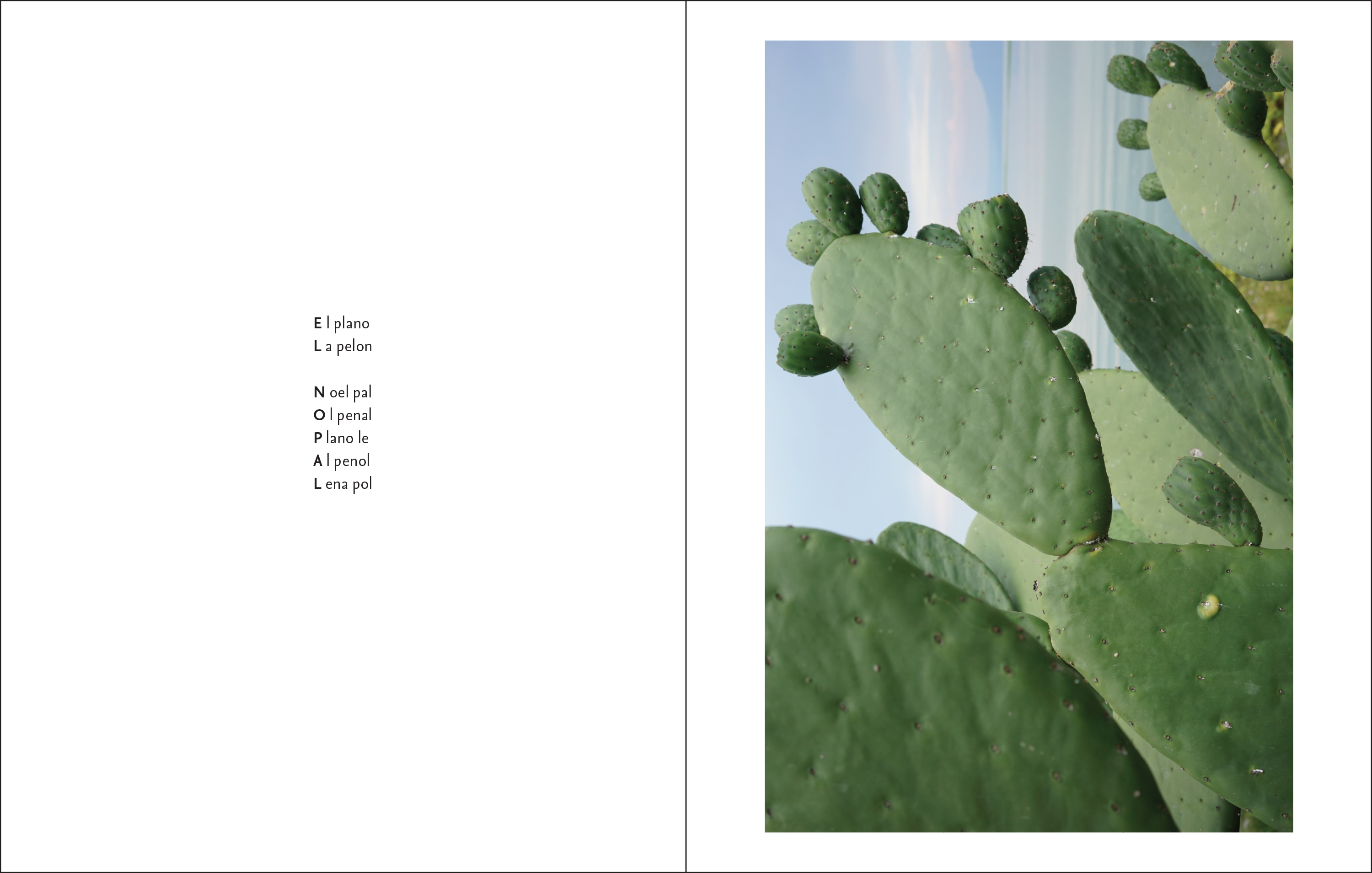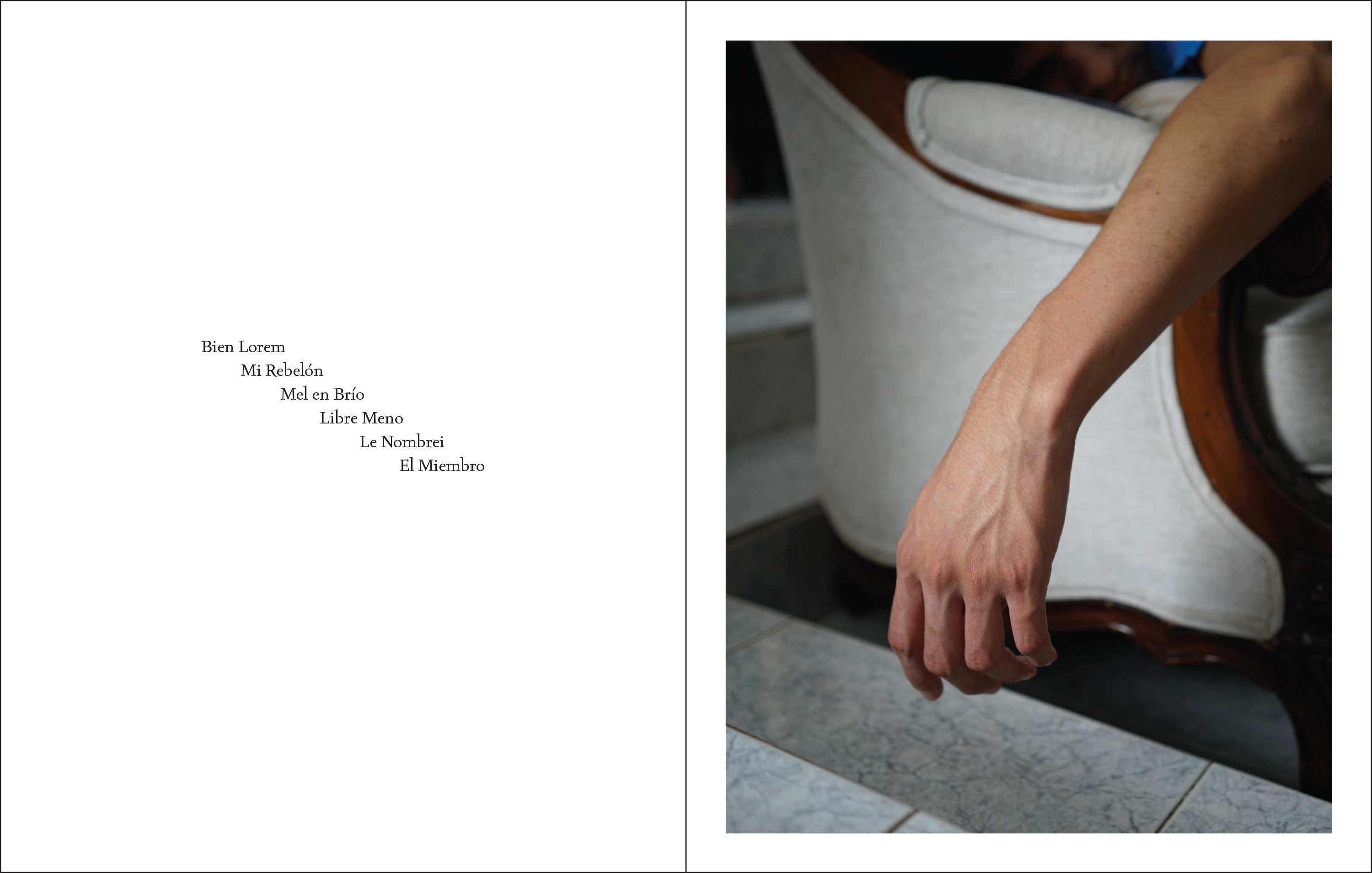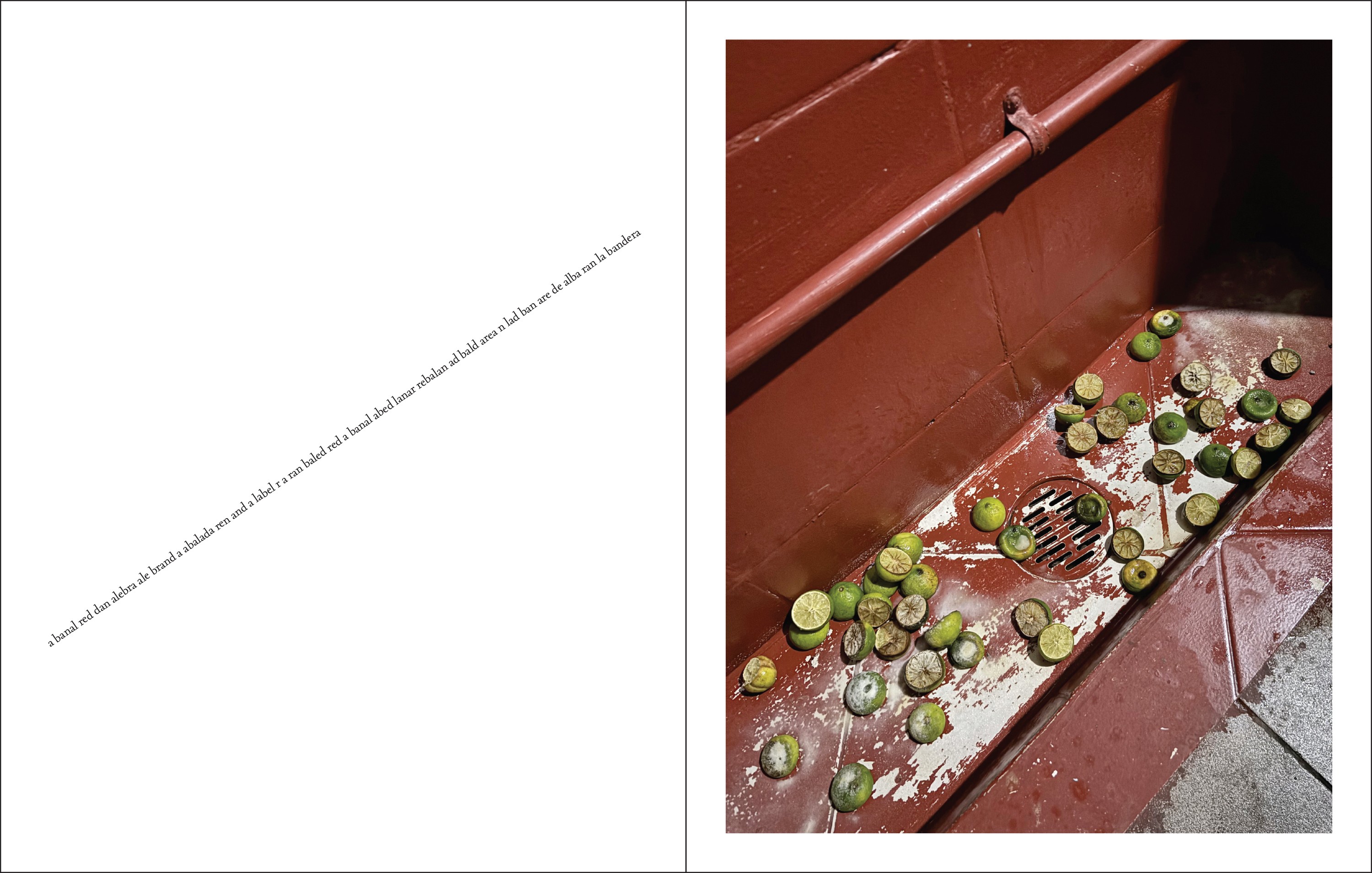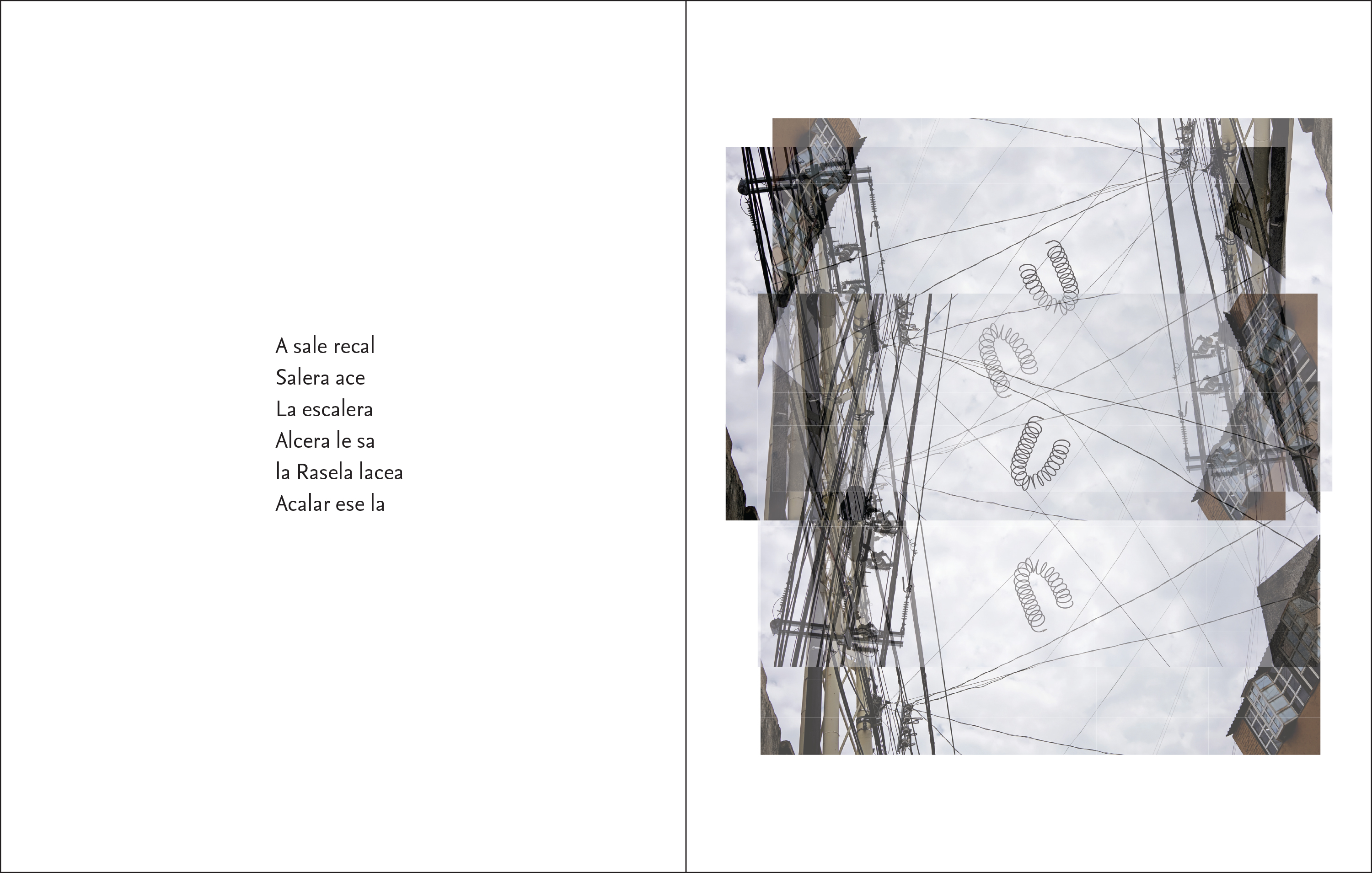Relotía…Letario…Loteria takes its form from the Mexican game of chance called La Loteria. Comprised of verbal riddles (los dichos) and corresponding iconic images, this project is an experiment about how language changes the ways we see the world.
The project began in Summer, 2025, while I was an artist-in-residence with the organization, Expressiones, in Guadalajara, Mexico. When I first discovered La Loteria, I thought it would be a good place to look for clues about where I was about to visit. I studied the iconic images—Rooster, Soldier, Trees—and imagined how I might see them myself. I also pored over the riddles and loved how playful they were and how they sometimes pointed to a different image than what you might expect because of word play or simply because of the priority of expression over literalness.
As I was also learning Spanish, the image/text model of La Loteria reminded me of an ABCDario—an alphabet primer, i.e. ‘a’ is for ‘apple’, etc, and when I moved around the city, I was prompted by the different riddles in my visual explorations and sought to actualize them through my photography, while additionally finding a cognitive-ontological support for the world I was discovering through the words that defined it.
La Loteria has an historical connection with Tarot (its roots are Italian), and I began to think about how it connected with other historical image/language models, like Giordano Bruno’s Art of Memory or the Loci Mnemonic from ancient Greece (Simonides). These were systems that implemented strategic word/images to facilitate memory within oral societies.
While I was working in Mexico, I generally started the day with the intention of photographing something specific—trees, shadows, power lines. I started playing with different ways the riddles could associate with the photographs, especially with the sounds. In this way, I could create language that resembled Spanish and photographs that resembled things, so prioritizing expression over communication.
The resulting work is a series of text-images that pose anagramic poems, tongue-twisters, cognates and other linguistic derivatives with photographs containing visual equivalents and other visual strategies for connecting with their verbal counterparts.
The project began in Summer, 2025, while I was an artist-in-residence with the organization, Expressiones, in Guadalajara, Mexico. When I first discovered La Loteria, I thought it would be a good place to look for clues about where I was about to visit. I studied the iconic images—Rooster, Soldier, Trees—and imagined how I might see them myself. I also pored over the riddles and loved how playful they were and how they sometimes pointed to a different image than what you might expect because of word play or simply because of the priority of expression over literalness.
As I was also learning Spanish, the image/text model of La Loteria reminded me of an ABCDario—an alphabet primer, i.e. ‘a’ is for ‘apple’, etc, and when I moved around the city, I was prompted by the different riddles in my visual explorations and sought to actualize them through my photography, while additionally finding a cognitive-ontological support for the world I was discovering through the words that defined it.
La Loteria has an historical connection with Tarot (its roots are Italian), and I began to think about how it connected with other historical image/language models, like Giordano Bruno’s Art of Memory or the Loci Mnemonic from ancient Greece (Simonides). These were systems that implemented strategic word/images to facilitate memory within oral societies.
While I was working in Mexico, I generally started the day with the intention of photographing something specific—trees, shadows, power lines. I started playing with different ways the riddles could associate with the photographs, especially with the sounds. In this way, I could create language that resembled Spanish and photographs that resembled things, so prioritizing expression over communication.
The resulting work is a series of text-images that pose anagramic poems, tongue-twisters, cognates and other linguistic derivatives with photographs containing visual equivalents and other visual strategies for connecting with their verbal counterparts.



